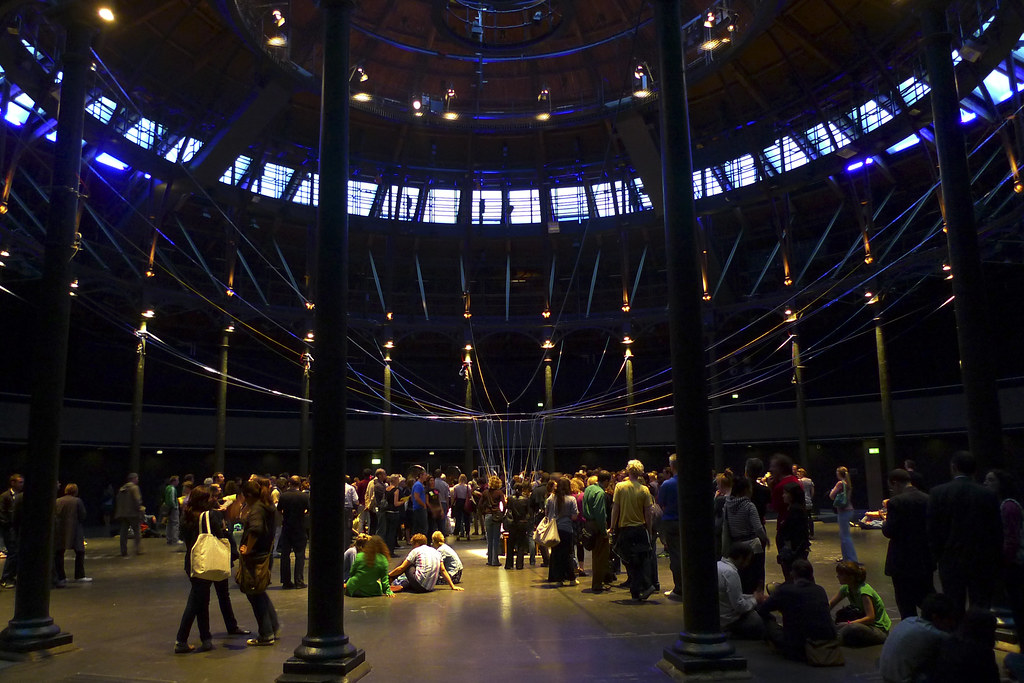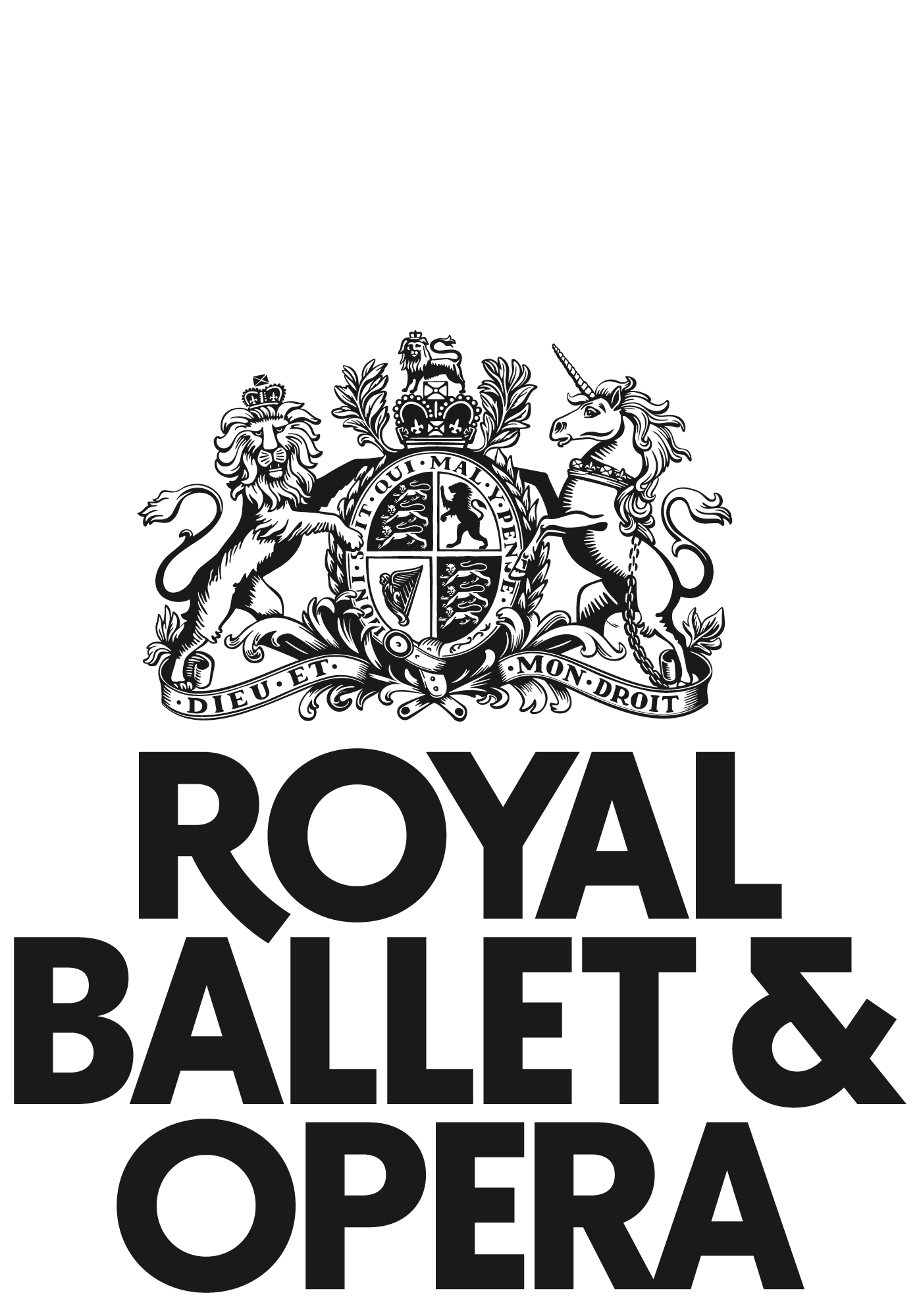News

Opera's new homes: What's behind the trend of opera outside the opera house?
Opera's new homes: What's behind the trend of opera outside the opera house?
Almost as soon as opera was born it had to find a new home. Just a few decades after the premiere of Monteverdi’s Orfeo in 1607, the newly established art form had grown in popularity so much that it could no longer be confined to the privacy of royal courts: opera moved into spaces open to its public. Four centuries on, opera seems to be on the move again.
In 1639, Francesco Cavalli became one of the first to write for the world’s first public opera theatre, Venice’s Teatro San Cassiano. Today, after several centuries in the operatic wilderness, Cavalli’s operas are returning to popularity – and once again, they are being performed somewhere new. Kasper Holten’s production of L’Ormindo, in collaboration with Shakespeare’s Globe, was created for the beautiful candle-lit Sam Wanamaker Playhouse. The same composer’s La Calisto has been performed in a converted tramway depot in Frankfurt am Main and in a north London pub theatre. Gotham Chamber Opera staged his Eliogabalo in New York City nightclub The Box, the perfect location for the opera’s hedonistic excesses.
This is part of a trend not limited to productions of Cavalli. Opera has been looking outside its traditional spaces for a number of years, perhaps spurred on by the success of OperaUpClose’s famous La bohème, which played in a tiny north-west London pub theatre 2009–10. Moving the Café Momus act right into the pub itself, OperaUpClose showed that unconventional settings can shed fresh light on even the most familiar opera.
The Royal Opera’s new production of Orfeo is also its first collaboration with the Roundhouse – a converted railway shed and unique performing venue. The examples go on: take Birmingham Opera Company’s many enterprising locations, ENO’s Powder Her Face in subterranean gallery Ambika P3, or Peter Grimes on the beach at the 2013 Aldeburgh Festival.
When Deutsche Oper Berlin closed their main stage for remodelling in 2014, they made the most of the situation by putting on Iannis Xenakis’s Oresteiain their own car park. As it happens, that’s not the only example of a car park opera: the multi-storey in Peckham Rye, south London, hosted the stage premiere of Gerald Barry’s monodrama La Plus Forte. Just across the road, a converted factory known as the Bussey Building has hosted Dido and Aeneas and Hansel and Gretel, both by young company Opera in Space. Opera has not actually made it into space yet – a recording of Die Zauberflöte's 'Der Hölle Rache' on the Voyager Golden Record excepted. But perhaps it is only a matter of time.
What is the reason for all this? There is clearly a shared desire to innovate, but beyond that there is no simple answer. Some projects are attracting new audiences; some are simply responding to the works in imaginative ways. And while sometimes relocation raises acoustic problems, sometimes it is part of the solution. For the more intimate forces of early opera, alternative spaces can be more appropriate than traditional houses designed with large orchestras in mind – a reason why Monteverdi and Cavalli have often received the treatment. But the reasons for relocation are as diverse as the locations themselves.
What is clear is that it’s an exciting time for opera. In addition to the large stages that companies will of course continue to use, the many other available spaces are inspiring directors, performers and audiences in new ways.
Have you been anywhere unusual to see opera?
Royal Opera House Covent Garden Foundation, a charitable company limited by guarantee incorporated in England and Wales (Company number 480523) Charity Registered (Number 211775)
